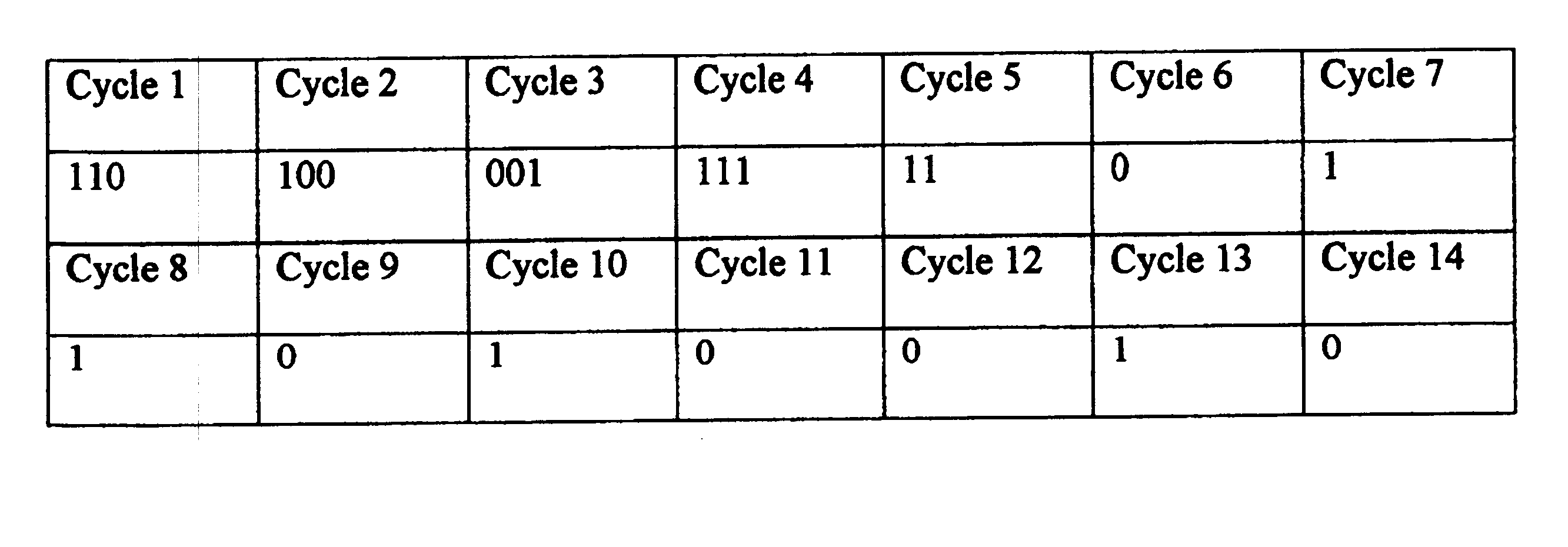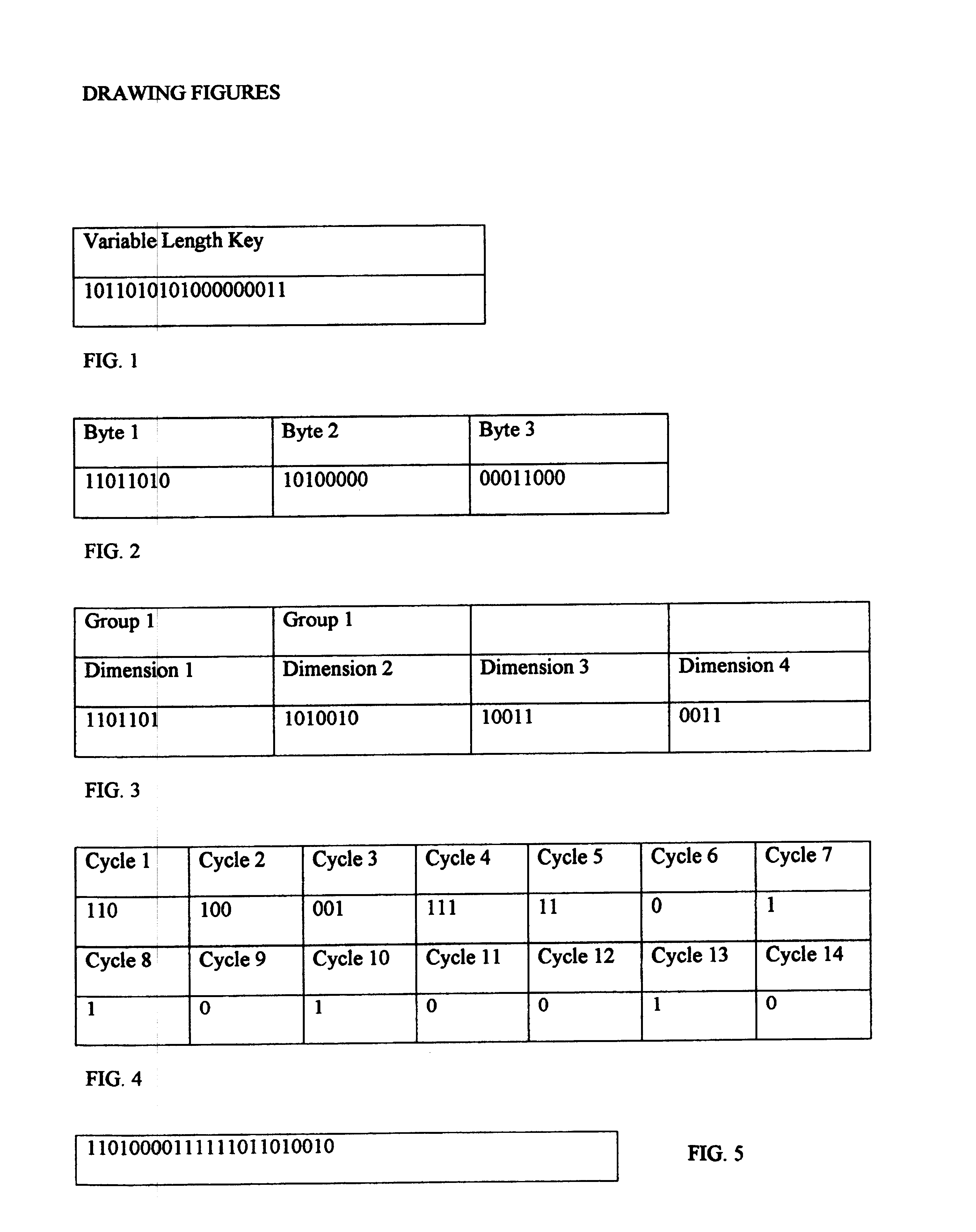Multidimensional dynamic clustering (MDDC)
a multi-dimensional dynamic and clustering technology, applied in multi-dimensional databases, databases, instruments, etc., can solve the problems of skewing symmetry among dimensions, inability to provide an algorithm and data structure for other multi-dimensional storage and retrieval methods, and inability to provide data structure, etc., to achieve the effect of increasing dynamic symmetry
- Summary
- Abstract
- Description
- Claims
- Application Information
AI Technical Summary
Benefits of technology
Problems solved by technology
Method used
Image
Examples
example embodiments
[0040] As the descriptions that follow illustrate, MDDC provides a more efficient, dynamic, and symmetric software method, data structure, apparatus, and article of manufacture for clustering multidimensional data. MDDC is a very flexible and robust technique. But these embodiments only present examples and do not in any way limit the scope of the present invention. The claims alone should be used to determine the scope of the present invention.
[0041] In general MDDC uses variable length bit strings. MDDC can assign new integer key values for each new dimension key sequentially. MDDC can use indexes for each dimension to determine the next sequential key for each dimension. Additionally, such indexes will work for dimensions within dimension groups. With this technique, MDDC can dynamically assign dimension keys within dimension groups in the context of parent keys to decrease the overall length of dimension key groups and improve symmetry. These indexes are only used for dimension...
PUM
 Login to View More
Login to View More Abstract
Description
Claims
Application Information
 Login to View More
Login to View More - R&D
- Intellectual Property
- Life Sciences
- Materials
- Tech Scout
- Unparalleled Data Quality
- Higher Quality Content
- 60% Fewer Hallucinations
Browse by: Latest US Patents, China's latest patents, Technical Efficacy Thesaurus, Application Domain, Technology Topic, Popular Technical Reports.
© 2025 PatSnap. All rights reserved.Legal|Privacy policy|Modern Slavery Act Transparency Statement|Sitemap|About US| Contact US: help@patsnap.com



